Pizza Wars: How did Domino’s defeat Pizza Hut to reign supreme over Aussie takeaway?
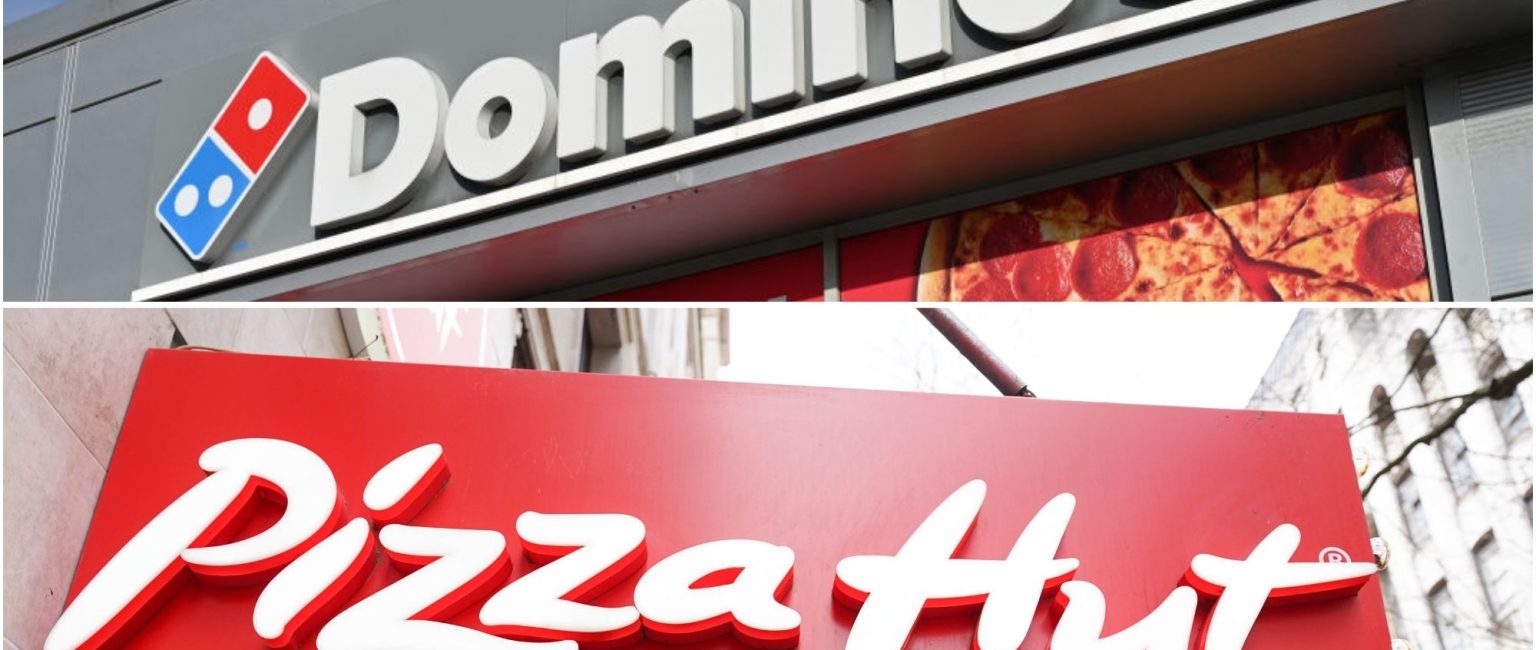
Fast food giants Pizza Hut and Domino’s have battled for supremacy over Australia’s pizza market since the early 1980s.
And while it’s no secret Domino’s are the country’s leading pizza chain, it’s easy to forget Pizza Hut once enjoyed an almost 30-year reign at the top.
Yet over the past decade, the brand has struggled to compete with Domino’s at the franchise end of the market, on both price and convenience.
According to industry research from IBISWorld, Domino’s raked in a whopping $1.2 billion in annual revenue from 2023-24, dwarfing Pizza Hut’s $265 million.
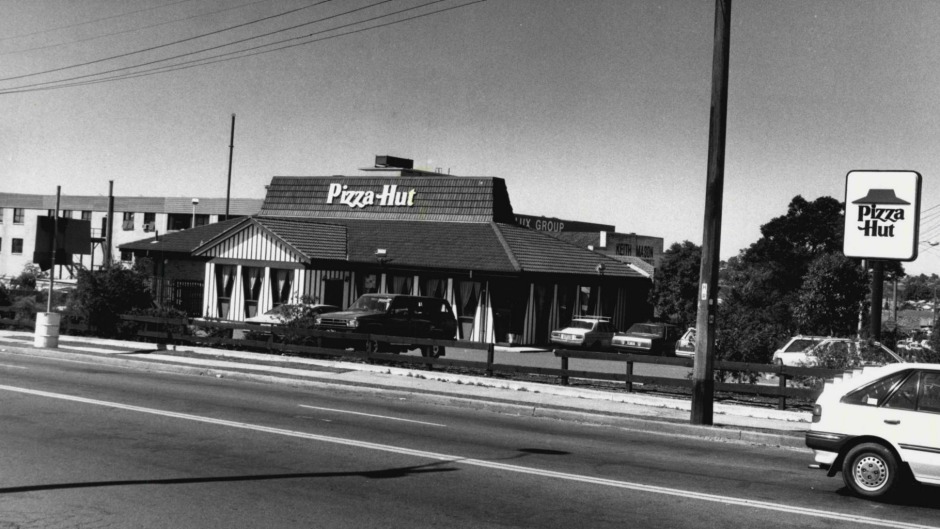
The first Pizza Hut in Australia in Belfield, Queensland. Picture: realcommercial.com.au
Pizza Hut’s share of the Australian pizza restaurant and takeaway market has fallen from 7.2% to 5.9% between 2012 and 2024, while Domino’s has skyrocketed from 8.5% to 27.8% in the same period.
Michael Abdel, founder and creative director of The Sphere Agency, said Pizza Hut slowly lost sight of changing consumer desires.
“They rested on the laurels of their history and the success they had in the ’80s and ’90s and failed to properly transition,” Mr Abdel explained.
“It’s a common problem for companies that have been around for as long as Pizza Hut. They get eaten up by competitors or smaller upstarts that disrupt the market based on understanding trends and sometimes just plain common sense.”
Pizza Hut and the rise of family dining
The first Pizza Hut restaurant in Australia open its doors in 1970 in the Sydney suburb of Belfield, 13-years prior to the arrival of Domino’s.
The US company entered the market just as the concept of dining out was beginning to take off in Australia and quickly established itself as one of the country’s favoured restaurants for family-style dining out, but in a fun and affordable way.
“I’m sure we all remember those iconic red-roofed restaurants that welcomed the whole family, where you could enjoy all-you-could-eat pizza and salads while the kids devoured ice cream from the dessert bar,” recalled Vicki Leavy, general manager of JMK Retail.
“Aussies love value as long it is delivered in a meaningful way and Pizza Hut managed to successfully target the key elements of our culture, which in turn helped us to really embrace the brand.”
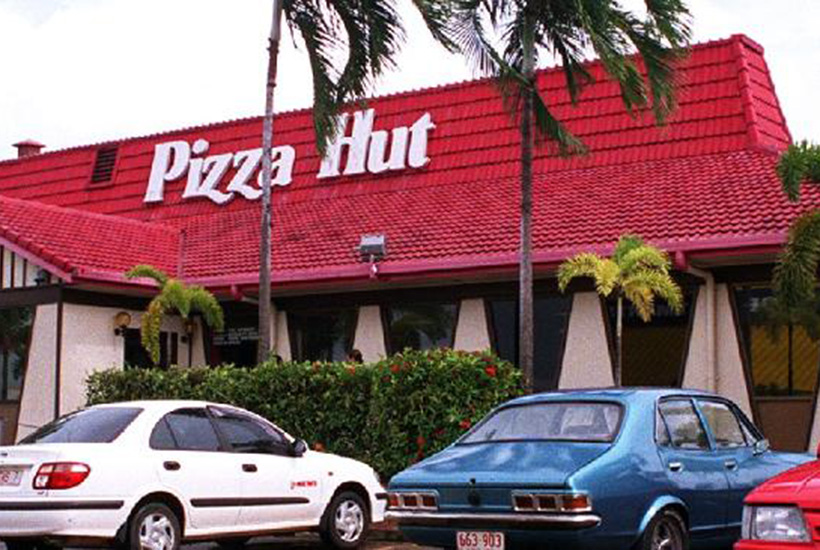
Australia’s first Pizza Hut restaurant at Bellfield.
Mr Abdel noted how Pizza Hut thrived in a sector that no longer really exists in today’s fast food landscape.
“These days we have the quick-service restaurant, but in pre-internet times it was all about what I call ‘fast social eating’ occasions. Think Pizza Hut, Sizzler and Denny’s – restaurant brands that encouraged group eating and family occasions,” he said.
“And even when the tides began to shift towards takeaway and delivery, Pizza Hut was still ahead of the game over Dominos. At least for a while.”
Domino’s and the popularisation of home delivery
Domino’s launched down under in 1983, opening its first store in Brisbane, which was soon followed by locations in Sydney and Perth.
From the get-go, the brand set out to challenge Pizza Hut’s position as the country’s leading pizza chain by targeting the home delivery market – a service Pizza Hut was yet to provide its customers.
Despite this point of difference, Domino’s stores in Australia initially struggled, with many franchisees going under.
“Pizza Hut had a 13-year jump on Domino’s in Australia, so it’s hard to criticise them for not having a great start here. Home-delivered pizza was already around at the time, but it wasn’t really a big thing yet,” Mr Abdel said.
“On a Friday night people were more likely to be dining out at a Pizza Hut restaurant.”
According to australianfoodtimeline.com.au, Dominos finally achieved success in 1993 when its master franchise was acquired by Silvio’s Dial-a-Pizza – Australia’s pioneers of home-delivered pizza – connecting Domino’s with a larger and more established delivery network.
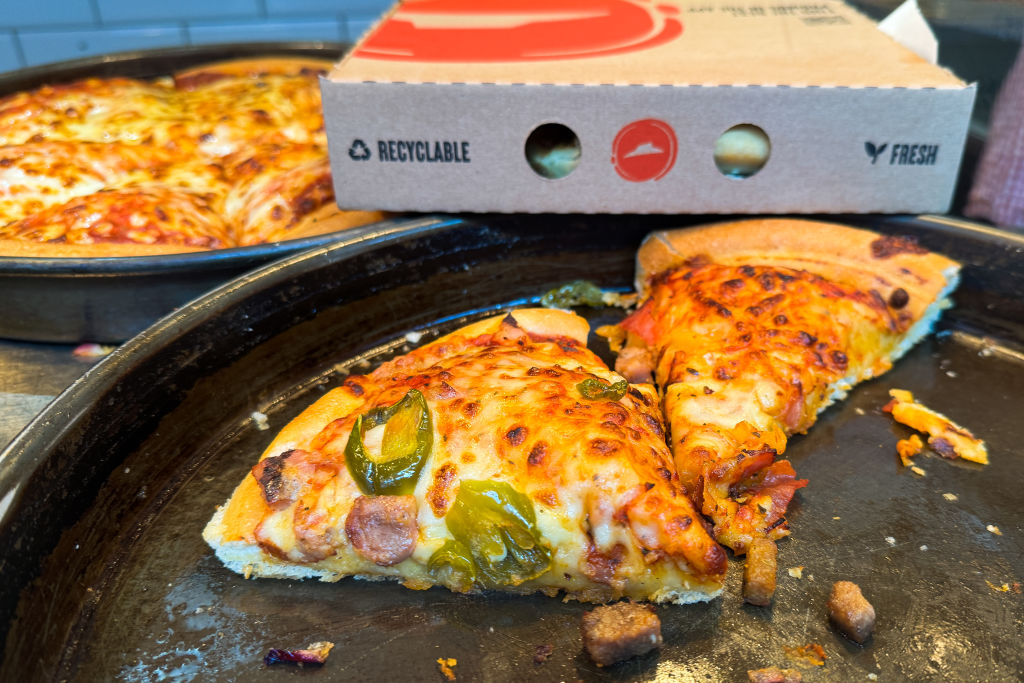
Pizza Hut was more popular in Australia in the 1990s. Picture: Getty
Meanwhile, Pizza Hut had also moved into the home delivery market after acquiring the Silvio’s rival, Dial-a-Dino’s, in 1989 – a move that further solidified its standing as national leader in pizza.
Having Australia’s most recognisable phone number (481 11 11) no doubt helped Pizza Hut sear itself into the nation’s collective consciousness.
“Those TV ads with the catchy jingle were a genius bit of advertising. Four-eight-one double-one double-one! It really got stuck in your head,” recalled Mr Abdel.
As the 1990s rolled on, Pizza Hut’s restaurant locations began to wane in popularity and disappear in favour of shop-front venues which focused on takeaway and home delivery.
Despite failing to outperform Pizza Hut at the time, Domino’s had successfully popularised home delivery in Australia, laying the groundwork for its future success.
Domino’s dominates
2013 marked the beginning of Domino’s rapidly overtaking Pizza Hut as the leading pizza chain in the country, with the company’s profits growing exponentially.
IBISWorld figures show that from 2012 – 2014, Domino’s market share in Australia more than doubled from 8.5% to 18% with profits soaring from $258 to $561 million.
Mirroring Pizza Hut’s capitalisation of the 1980s trend of dining out, Domino’s were now taking advantage of Gen Y’s generational shift to online ordering and desire for convenience.
“Domino’s achieved this by investing heavily in technology, in particular its online platform and delivery system,” explained Vicki Leavy, “which provided the brand with a winning and scalable formula for rapid growth in Australia.”
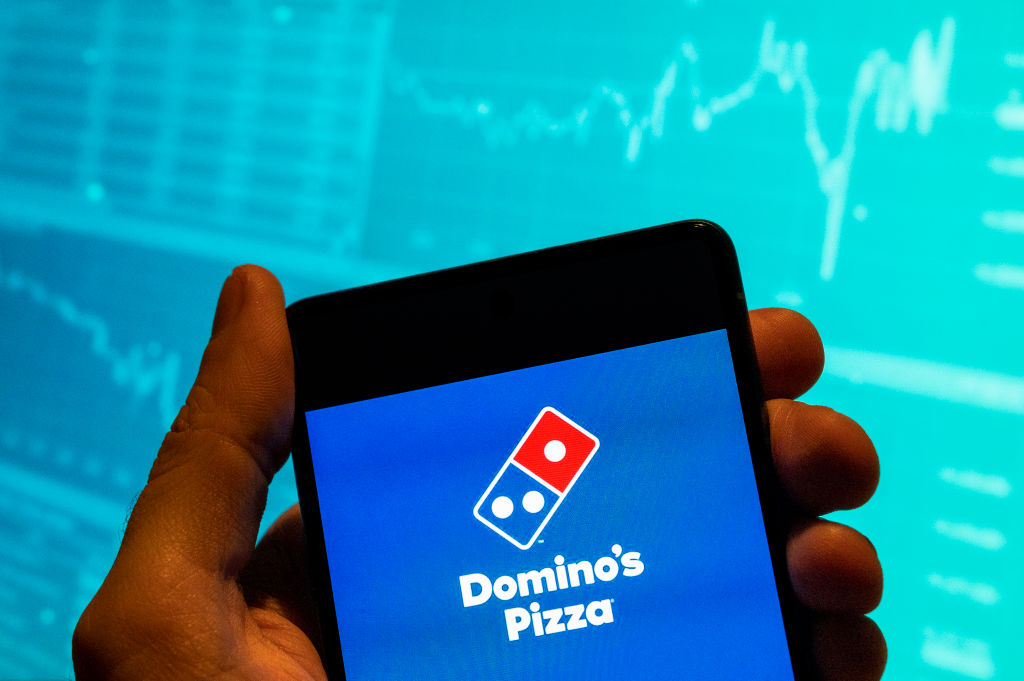
Domino’s invested in technology to appeal to a younger generation. Picture: Getty
Retail expert at Titanium Food, Suzee Brain, pointed to Domino’s online ordering app as a far superior and user-friendly technology compared to Pizza Hut.
“Order a home delivered pizza from each company and you’ll notice a big difference in UX [user design],” explained Ms Brain. “There’s a reason why Pizza Hut receives most of its online orders via third party apps like Uber Eats.”
“Domino’s also became heavily influential in social media and leveraged its relationship with consumers to their market advantage,” Ms Brain added.
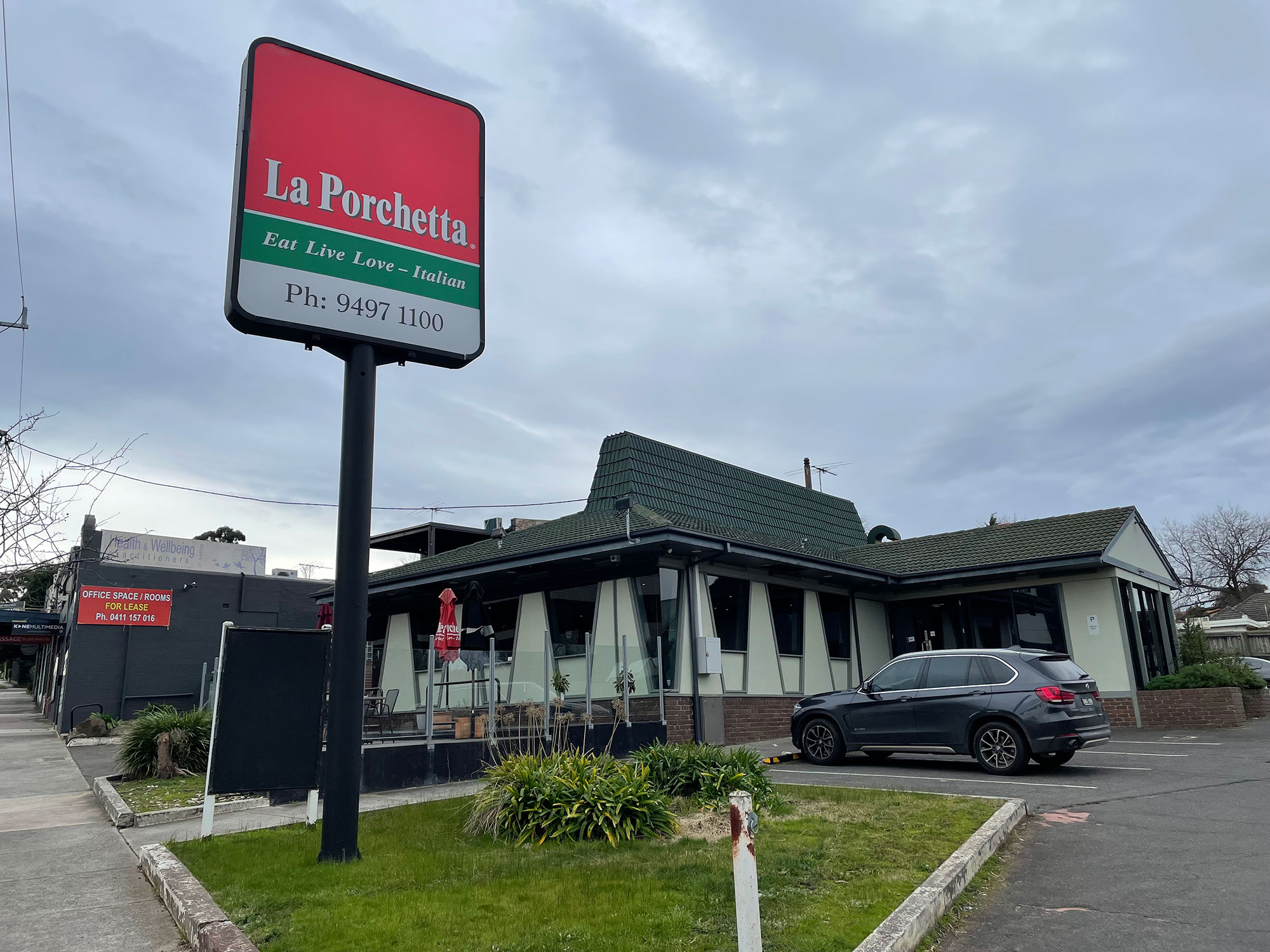
A former Pizza Hut restaurant in Melbourne is now home to local pizza chain, La Porchetta. Picture: Getty
This powerful combination of tech prowess, canny marketing and value-for-money pizza led to runaway success for Domino’s in Australia.
In 2017, the company made headlines when its CEO, Don Meij (who began his career as a delivery boy for Silvio’s Dial-a-Pizza) became the highest-paid chief executive in Australia, earning a staggering sum of $37 million.
“I’ll never forget when he launched that massive ‘game changer’ media campaign sometime around 2013,” Mr Abdel said. “It initially backfired and he was a laughing stock of the industry for about six months. Game changer? It’s just bloody pizza!”
“In hindsight, it was actually a genius move, because he had set up Domino’s for exponential growth.”
Pizza Hut’s comeback?
In 2023, Pizza Hut announced an ambitious plan to take on Domino’s by ramping up its locations across Australia from 260 to 400 stores in the following five years.
Speaking to The Australian, Pizza Hut CEO Phil Reed announced his intention to bolster revenue from around $300 million to more than $1 billion.
“We have around 55 per cent of the Australian public who have yet to enjoy the opportunity of having Pizza Hut pizzas delivered to their home,” Mr Reed told the publication.
“There is a huge opportunity, whether it is growing the brand or opening new stores.”
Michael Abdel believes Pizza Hut has the potential to make a comeback, provided they strategically choose the locations of new stores.
“Pizza Hut has traditionally demanded premium A-grade locations akin to brands like KFC and McDonald’s – and that is not cheap way of doing things. They need to go for more affordable locations while upping their technology and delivery model.”
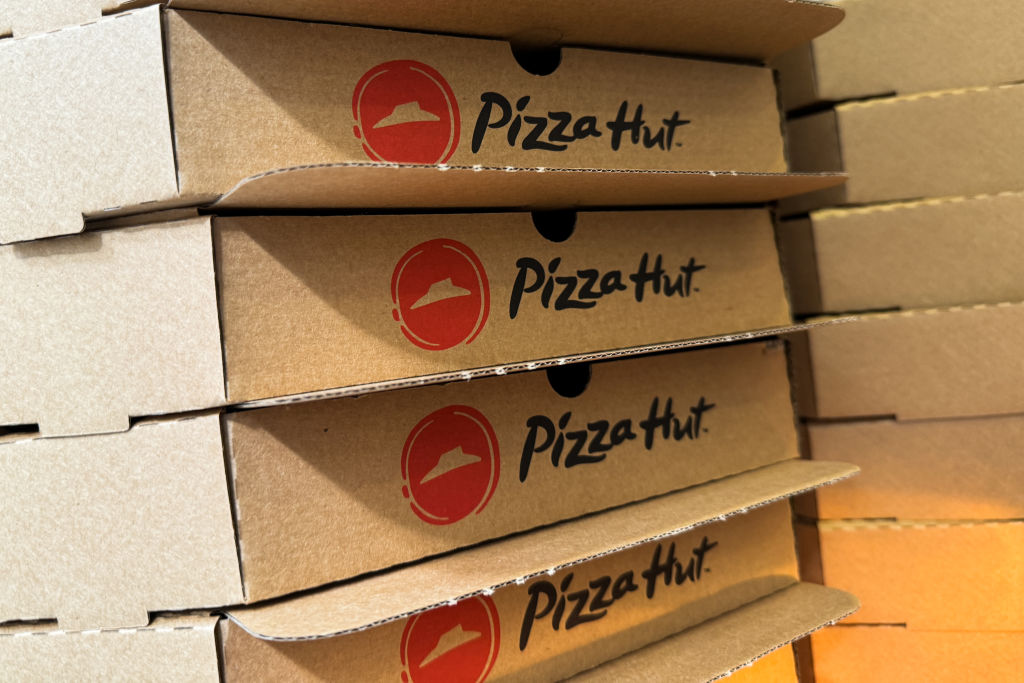
Pizza Hut plans to open new stores across Australia. Picture: Getty
Suzee Brain, however, is sceptical of Pizza Hut’s game plan.
“There are approximately three Domino’s outlets for every Pizza Hut in Australia, with Dominos capturing about 50% of the overall pizza spend. I think it will be very difficult for Pizza Hut to catch up or overtake them.”
Vicki Leavy ‘s take is more upbeat, believing both brands “will continue to do well”.
“They’ve both built considerable brand equity in Australia and more importantly a history which consumers really connect with,” she said.
“In the current economic climate, savvy consumers are looking for value, so I think simple and traditional retail sales methodology will win over the next 12 to 24 months. The challenge will be the ability to tap into the behaviours and preferences of different generations.”







